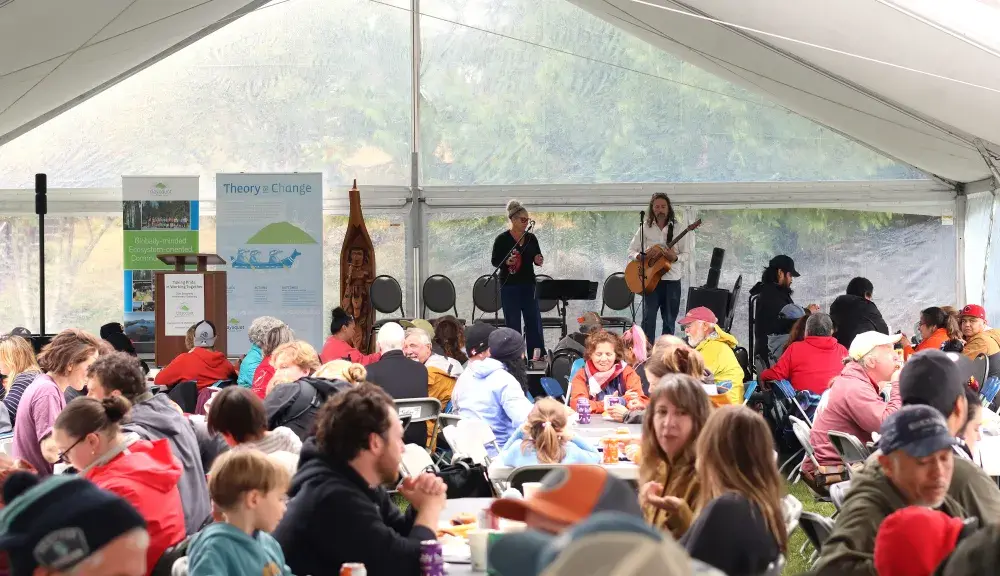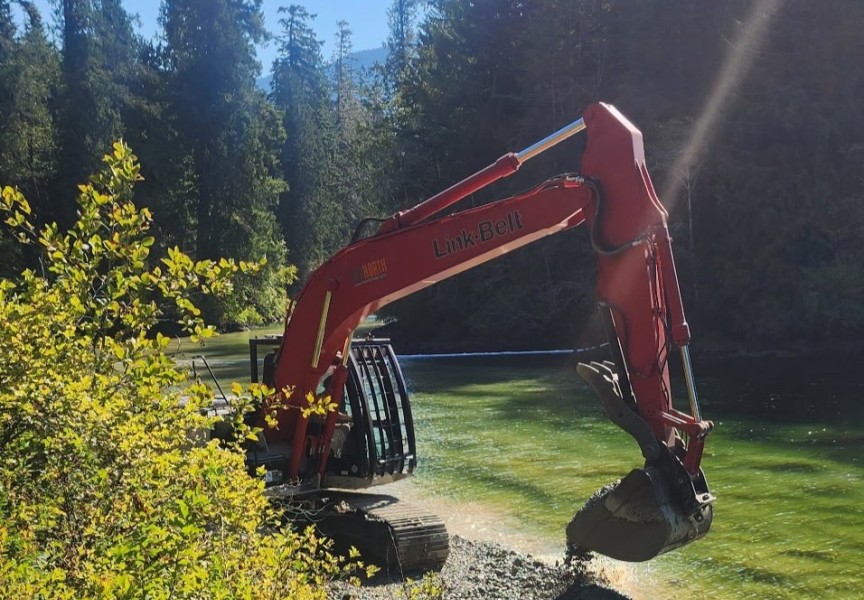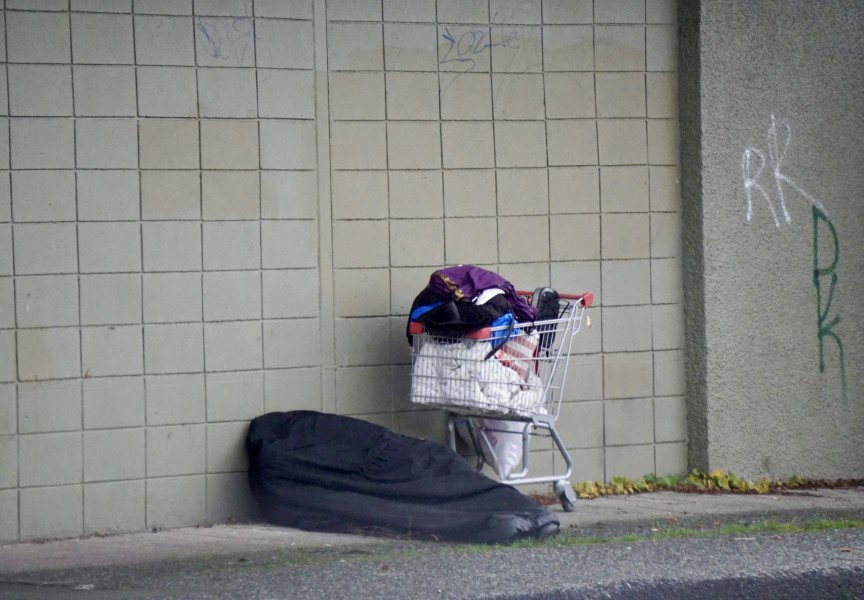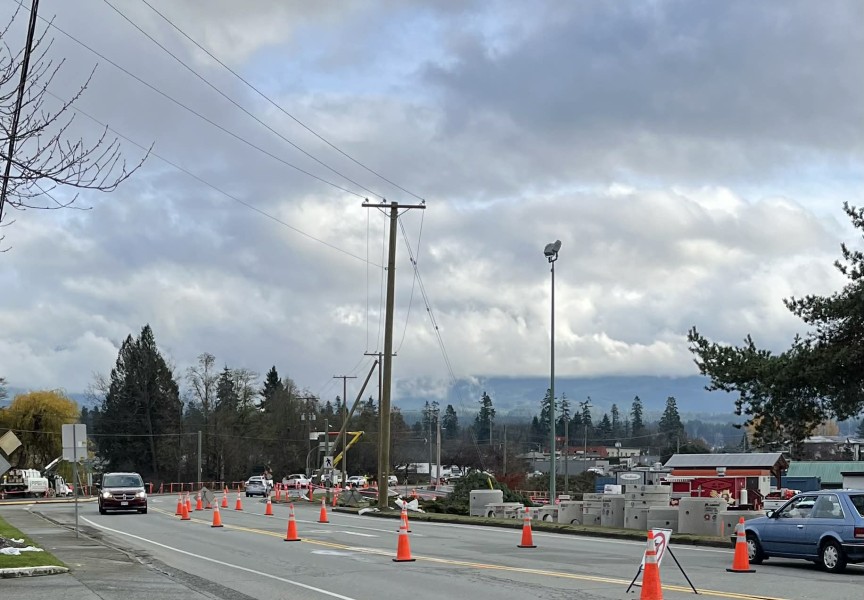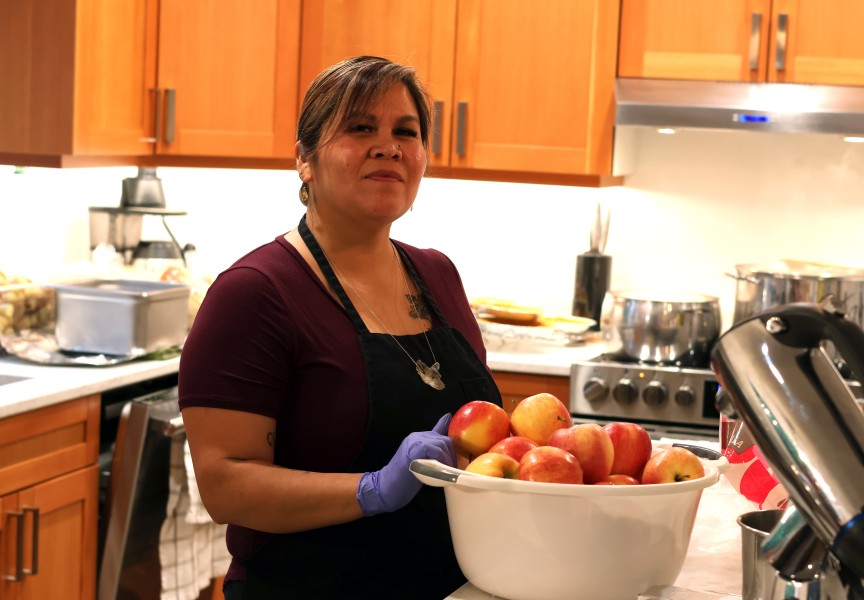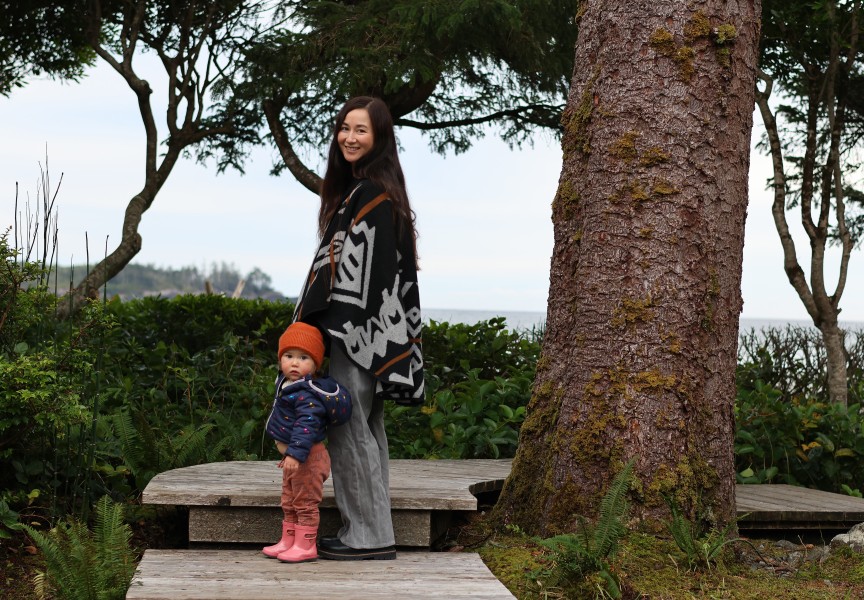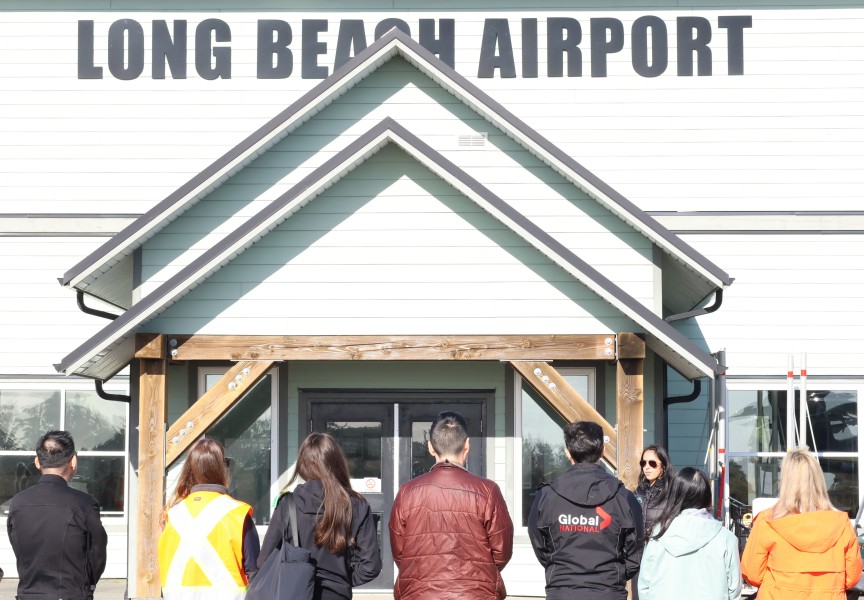As one group of people gathered in southern Vancouver Island to protest the logging of B.C.’s old-growth forest in the Walbran Valley, another came together in Clayoquot Sound to celebrate 25 years of conservation and community building.
For decades, Clayoquot Sound on the west coast of Vancouver Island was a region in conflict as hundreds of people stood on logging roads to save a temperate coastal rainforest from being clearcut.
At the height of the conflict in 1993, over 800 people were arrested, marking one of the largest acts of civil disobedience in Canada until the Fairy Creek blockades near Port Renfrew in Pacheedaht First Nations territory saw nearly 1,200 arrested in 2021 and 2022.
Around the same time in the early ‘90s, a small but passionate group of individuals began considering the UNESCO Biosphere model as a way to bring the region together. United Nations Educational, Scientific and Cultural Organization (UNESCO) was created in 1945 in the wake of the Second World War to champion equity, peace, and sustainable development.
Clayoquot Sound, a region that includes the traditional territories of the Hesquiaht, Ahousaht and Tla-o-qui-aht First Nations, was officially designated as the Clayoquot Sound UNESCO Biosphere Region (CSBR) in Jan. 2000.
To mark this designation, in May 2000, the federal government entrusted a $12 million grant to Clayoquot Sound communities through the creation of the Canada Fund.
Canada currently has 19 UNESCO-designated biosphere regions, including Mount Arrowsmith on the east coast of Vancouver Island (also designated in 2000) and Howe Sound, a mountainous coastal ecosystem which received its designation in 2021.
“Community voices are the North Star that guides the Clayoquot Biosphere Trust,” said Rebecca Hurwitz, CBT executive director.
“When we face a challenging topic or tough decisions, we look to the community for direction. The perspectives and experiences of our committee volunteers, advisory groups, and board always help us navigate the way forward,” she said.
Saya Masso, Tla-o-qui-aht’s Natural Resources Manager, gave a speech during the CBT 25th anniversary celebration on Sept. 20 at Wickaninnish Community School Field.
“Tofino’s drinking water comes from Meares Island. These waters today only flow because they are in an old growth forest. Had it been logged the rain would just wash right through. Tla-o-qui-aht invested to protect Meares Island,” said Masso.
He shared that Tla-o-qui-aht is currently arguing with the province about issuing a mining permit within unceded Tla-o-qui-aht territory and the CSBR. The UNESCO designation does not provide legislated protection, but it does acknowledge aboriginal title and rights as outlined in the United Nations Declaration on the Rights of Indigenous Peoples (UNDRIP).
“We hope the UNESCO strength will have us allied together; a founding principle is to work with Indigenous people to ensure land-use visions are met,” said Masso.
Hesquiaht elder Dolores Bayne, 86, spoke to the crowd in Nuu-chah-nulth language before switching to English.
“I speak for our ancestors,” said Bayne. “Our ancestors welcomed the people that come over on a boat. Welcomed them, and a lot of things happened. They didn’t hear us say welcome. What happened is that we got pushed aside. We were called a lot of names that we couldn’t understand why.”
“What’s happening today is we’re making our younger generation rise; teaching them not to be ashamed, not to be shy. Our residential school taught us to be silent, don’t cry, don’t speak you are not important,” she continued.
“We are very strong nations. We want the whole world to know that we are here. We welcome everyone to come together from all nations. I’m really proud that this (gathering) is happening. You welcomed us as we welcomed you,” said Bayne.
Sharmalene Mendis-Millard travelled from Waterloo, Ontario to attend CBT’s milestone event. About 20 years ago, Mendis-Millard did research on how the biosphere concept is applied on the ground.
“It’s not just about preserving, it’s about learning,” said Mendis-Millard. “This place left a big impression on me and really shaped who I’ve become and what I’ve thought of the world. The lessons I learned there, I’ve taken with me.”
Master carver Joe Martin also gave a speech at the gathering along with Tofino Mayor Dan Law, MLA Josie Osborne, MP Gord Johns, Toquaht member Dennis Hetu, Tla-o-qui-aht member Chris Seitcher, Ucluelet councillor Mark Maftei and Tofino Poet Laureate Janice Lore.
For the short-term, Hurwitz says CBT is focused on securing the remaining funding to build the Biosphere Centre in Tofino. She says they’ve raised $12.5 million with a total project cost of $20 million.
“What’s next for CBT is building a lasting legacy. Today was a reflection of what’s possible when we come together in a culturally safe, inclusive way—and it showed how vital it is to create spaces where everyone feels they belong. That’s exactly what the Biosphere Centre will be: a home for collaboration, learning, and community leadership,” said Hurwitz.
Tree Farm Licence (TFL) 54 is the only TFL within Clayoquot Sound. The tenure for TFL 54 is currently held by Ma-Mook Natural Resources, which is owned by a partnership of the Ahousaht, Tla-o-qui-aht, Hesquiaht, Toquaht and Yuułuʔiłʔatḥ.
In June 2024, the province announced that roughly 76,000 hectares of Crown land within TFL 54, including old forests and habitat for several endangered and threatened species, would be permanently protected to align with Ahousaht and Tla-o-qui-aht’s land-use visions. That figure encompasses about 60 per cent of TFL 54, leaving another 55,00 hectares under the forestry tenure.
Meanwhile, a group of people are waiting on a logging road in the Walbran Valley for the RCMP to come and arrest them.

